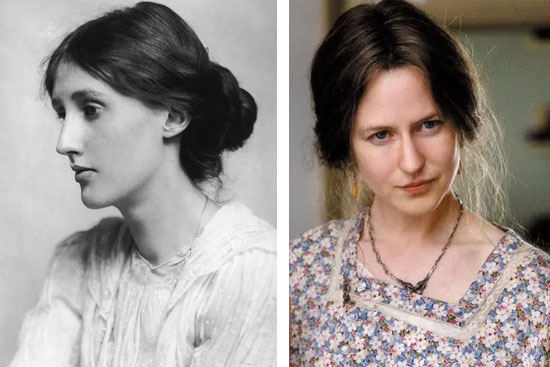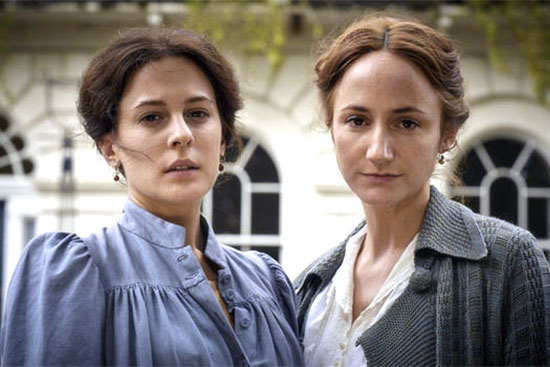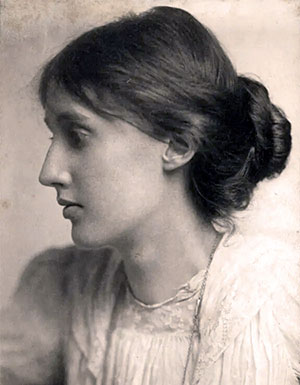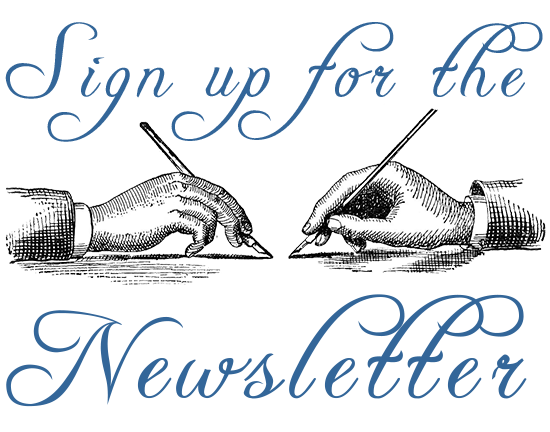More than a handful of period dramas have been inspired by Virginia Woolf, one of the most innovative writers of the 20th century.

To help keep this site running: Willow and Thatch may receive a commission when you click on any of the links on our site and make a purchase after doing so.
Vita & Virginia (2018) tells the story of the love affair between socialite and popular author Vita Sackville-West and the literary icon; The Hours (2002) explores how Woolf’s novel Mrs. Dalloway (which itself was adapted into a film in 1997) affects three generations of women; the British period drama Orlando (1992) is loosely based on Woolf’s 1928 novel of the same name.
One of the most faithful, if problematic, adaptations of Woolf’s stories is the made-for-television movie To the Lighthouse (1983) which aired on BBC and stars a young Kenneth Branagh; a family spends their last summer at the seashore, before personal tragedy and the outbreak of World War I destroy their world.
And the 2015 BBC mini-series Life in Squares, told over 40 years, from the death of Queen Victoria to the Second World War, centers on the relationship between sisters Vanessa Bell and Virginia Woolf.
But long before Virginia Woolf and her work were the subject of film, she wrote about the cinema, about literary adaptations, and the emotional experience of “watching the pictures.”
Below, Lucy Bolton, Reader in Film Studies at Queen Mary University of London, reflects on Virginia Woolf’s essay, The Cinema, 80 years after Woolf’s death, and on the return to movie watching in theaters, today.
Virginia Woolf on the magic of going to the cinema
These cinema-starved times have made me pine for the magic of the movies on the big screen. The convenience and comfort of watching DVDs and streamed films at home are, of course, wonderful. Lockdown is inconceivable without them.
But the experience of being in the cinema is not possible to replicate from your sofa. The sensory overwhelm and immersion is what makes a trip to the cinema a truly particular experience, and I’ve been contemplating what it is that makes it so special.
The writer Virginia Woolf wondered the same thing after a trip to the cinema in 1926. How might watching a film be so different from reading a novel or attending a concert? For Woolf, the cinema was a new art form, technically advanced but, as yet, not able to show its potential in how it might depict our lives to us.
On the 80th anniversary of her death, her prescient thoughts in the essay, The Cinema, have gained new resonance as we all pine to see film the way it is supposed to be seen, up on the silver screen.
Movie magic
Philosophers who pronounce that we are “at the fag-end of civilisation” and who believe everything has already been said, have, Woolf declares, “presumably forgotten the movies”. By this, she means that film presents, at that time, a brand new way to “see life as it is when we have no part of it” – to watch, in other words, love, hate, fear and anger all play out on the screen in a form that transfixes us through images.
Woolf sees the wonderment on the faces of the moviegoers, that takes people back to their primitive pleasures. The riches on offer in the cinema make it seem as if “we are peering over the edge of a cauldron in which fragments seem to simmer, and now and again some vast form heaves and seems about to haul itself up out of chaos.”
What is so interesting about Woolf’s perceptive assessment of the potential of the cinema is that she sees its possibilities for enlarging and surprising our consciousness and imagination. She is not simply referring to newsreel footage of the King, or the Grand National, although she considers that even with these images our eyes are being tricked into seeing such things as being more real or real with a different reality from that which we perceive in daily life.
When we are watching these occurrences without actually being there, she observes that:
We have time to open our minds wide to beauty and register on top of it the queer sensation — this beauty will continue, and this beauty will flourish whether we behold it or not.
An art of its own
But what mainly occupies Woolf is how filmmakers are going to make an art of their own. While she recognises that there are novels to be adapted, focusing on Anna Karenina, she is adamant that film can do something very different from just telling a story that has already been told. She also identities the difficulties film might encounter when creating images of characters of whom who we already have our own mental images from reading.
No, she says, it is when we give up trying to match pictures with a book, that we see the possibility for what cinema might create “if left to its own devices”.
Woolf writes about seeing the hugely influential German Expressionist horror The Cabinet of Dr Caligari, and how a shadow shaped like a tadpole appeared quivering in the corner of the screen: “It swelled to an immense size, quivered, bulged, and sank back again into nonentity”.
She describes how this image seemed like something monstrous from within the killer’s brain – but in fact, was a flaw in the film! However, it led Woolf to this fabulous insight: “The monstrous quivering tadpole seemed to be fear itself, and not the statement ‘I am afraid’”.
The realisation that an image on the cinema screen, even just a shadow, at a certain moment, can create an emotion, a mood, and an experience, without words, shows prescient insight into the power of cinema.

She wonders whether there is a secret language, of forms and symbols, that cinema can make visible. A language unlike anything before that can express emotion in hitherto unseen ways. To unlock this, Woolf insists that cinema must find its own images and symbols, and these will be quite unlike the objects in real life: “of such movements and abstractions the films may in time come to be composed”.
She sees that film could then present us with clashing emotions – happiness and sadness at once, for instance – that a writer can only toil in vain to convey, more akin to dreams, in colour, sounds and movements.
For Woolf, cinema’s “immense dexterity and enormous technical proficiency” does not quite know what to do with itself yet. And that is its task: to find what it can do specifically more than the novel, the poem, or the piece of music.
I find it inspirational and moving to read what Woolf had in mind for the cinema’s future when she wrote this in the mid-1920s. And what she identified – the unique and ineffable power of images on screen – is still what makes me desperate to get back to the cinema as soon as possible.
Lucy Bolton is Reader in Film Studies at Queen Mary University of London, where she specialises in film philosophy, film stardom, and feminist approaches to filmmaking and film theory. Lucy is the author of Film and Female Consciousness: Irigaray, Cinema and Thinking Women (Palgrave Macmillan 2011), and Contemporary Cinema and the Philosophy of Iris Murdoch (Edinburgh University Press 2019). She is also the co-editor of Lasting Screen Stars: Images that Fade and Personas that Endure (Palgrave Macmillan 2016, winner of BAFTSS Best Edited Collection 2017). She has published widely on film philosophy and film stardom, and is the co-editor of the book series Visionaries (EUP) on women filmmakers. Her article Virginia Woolf on the magic of going to the cinema originally appeared in The Conversation.
If you enjoyed this post, be sure to wander over to The Period Films List.
![]()


